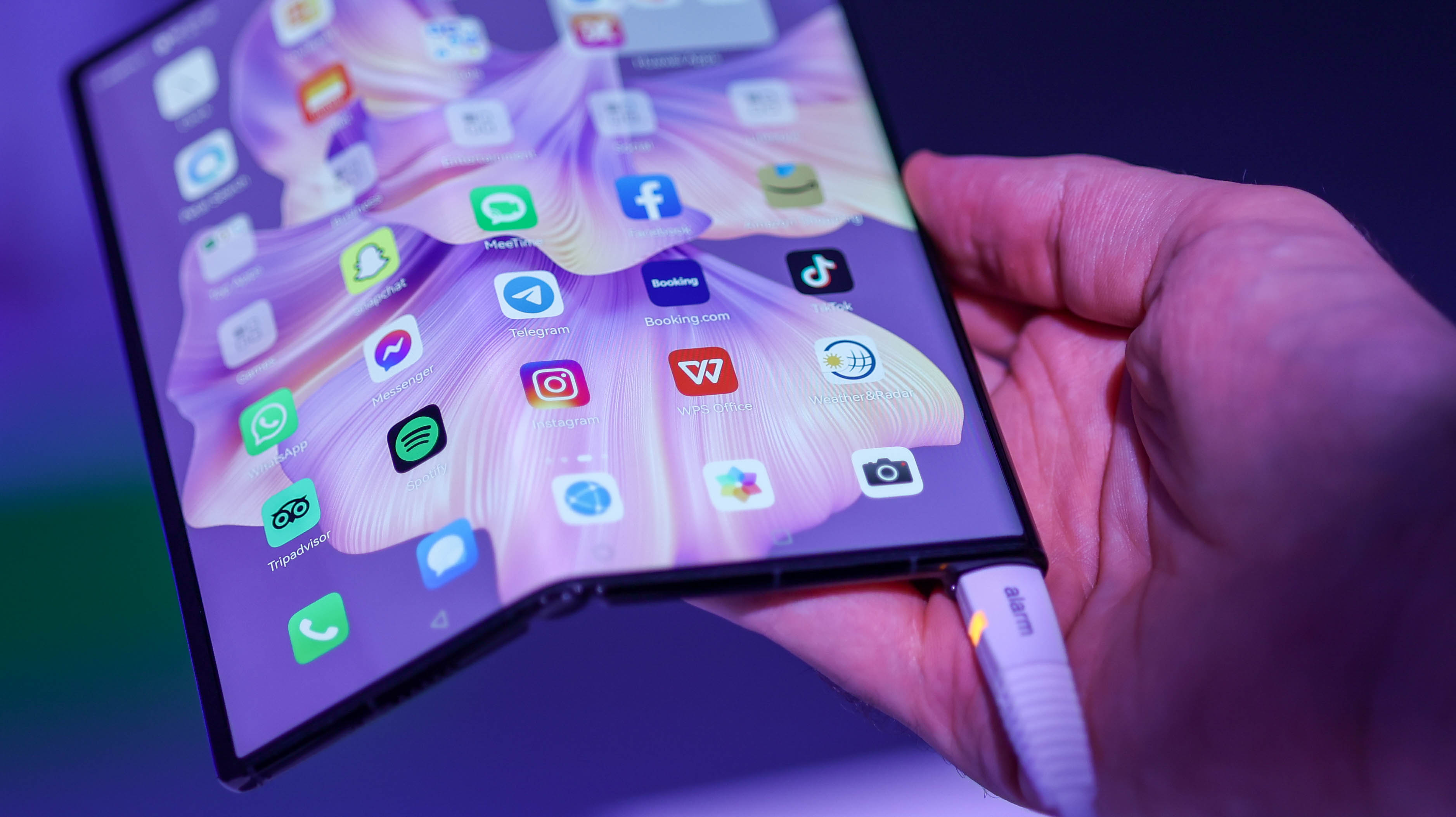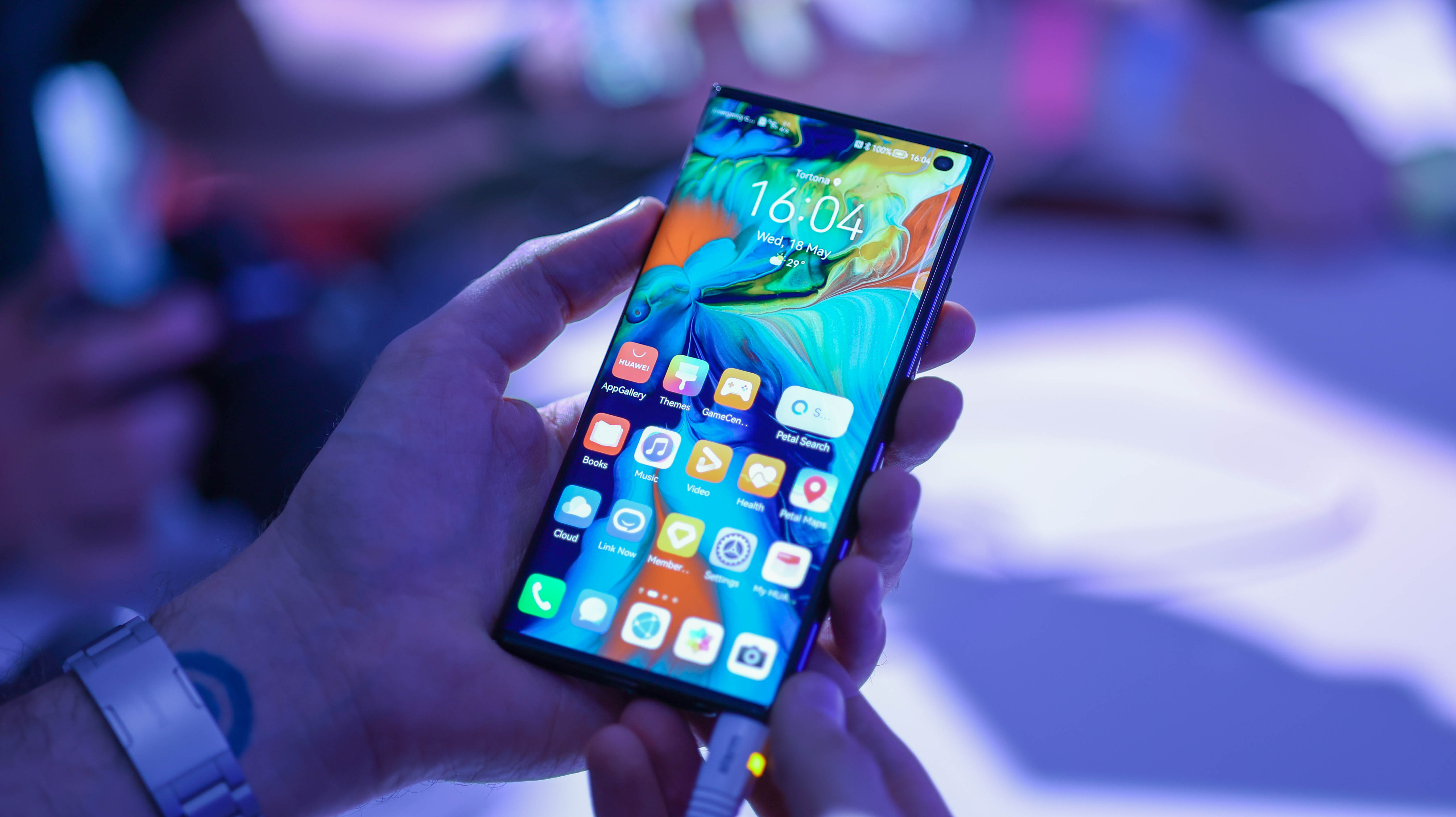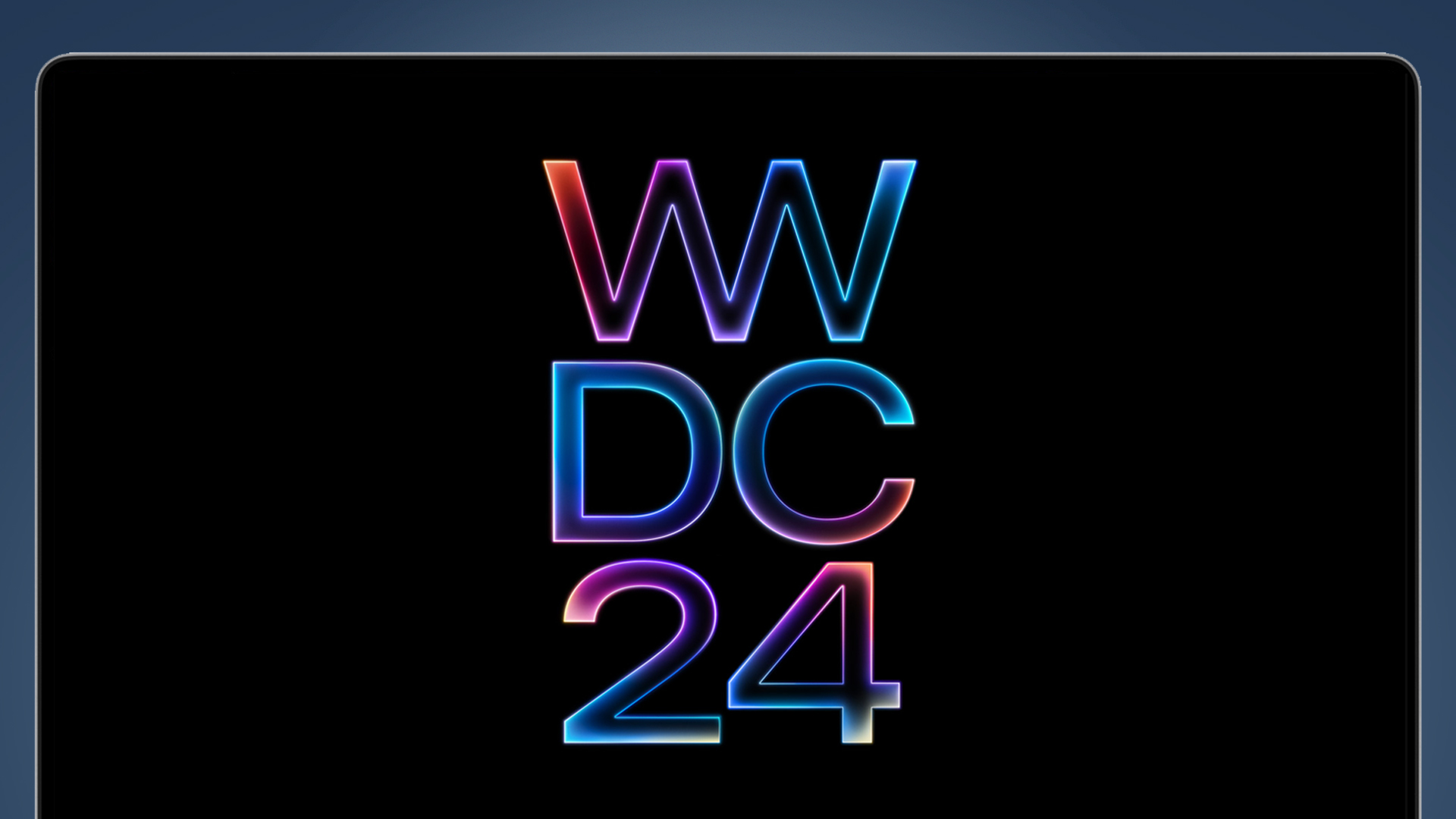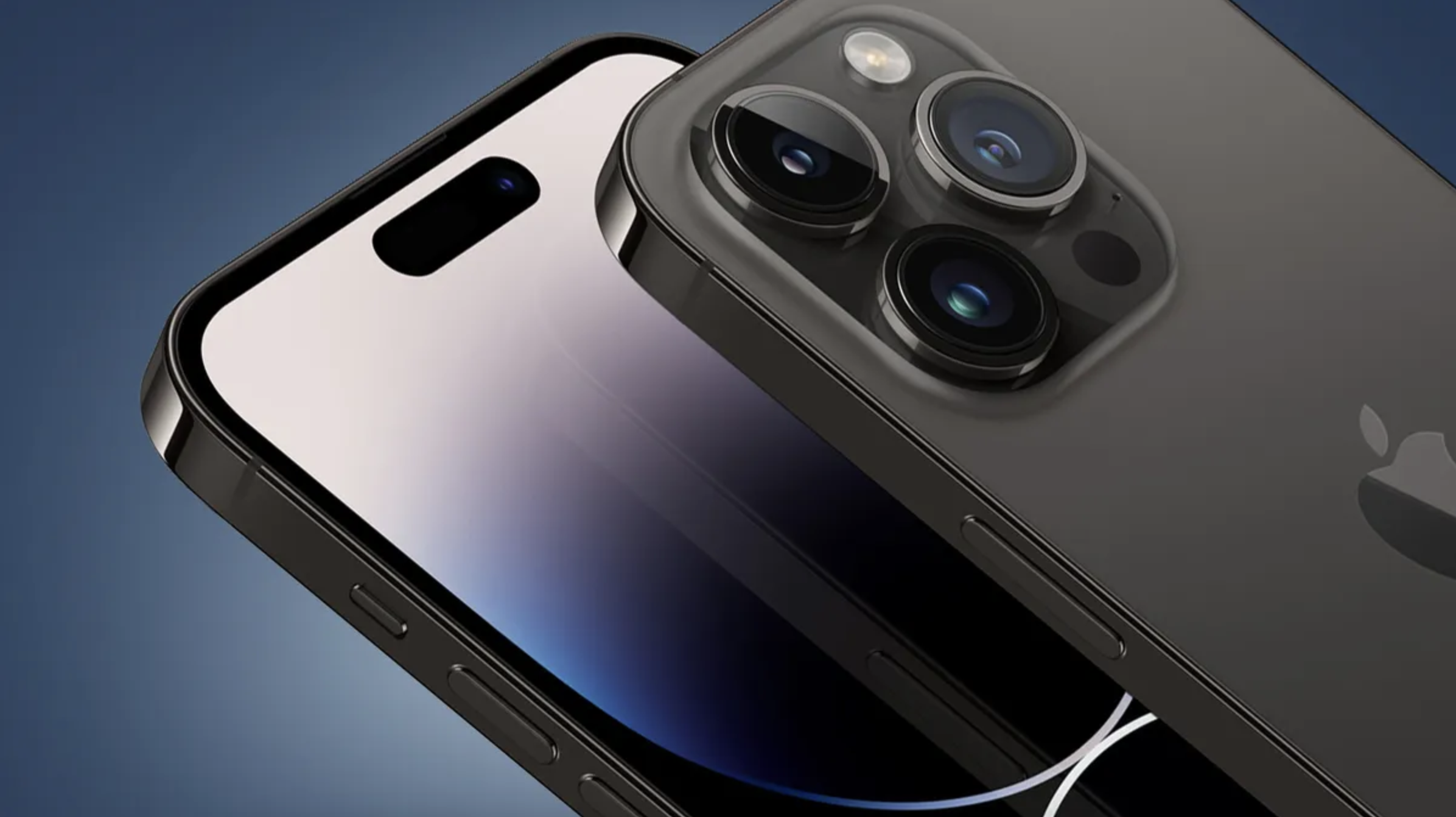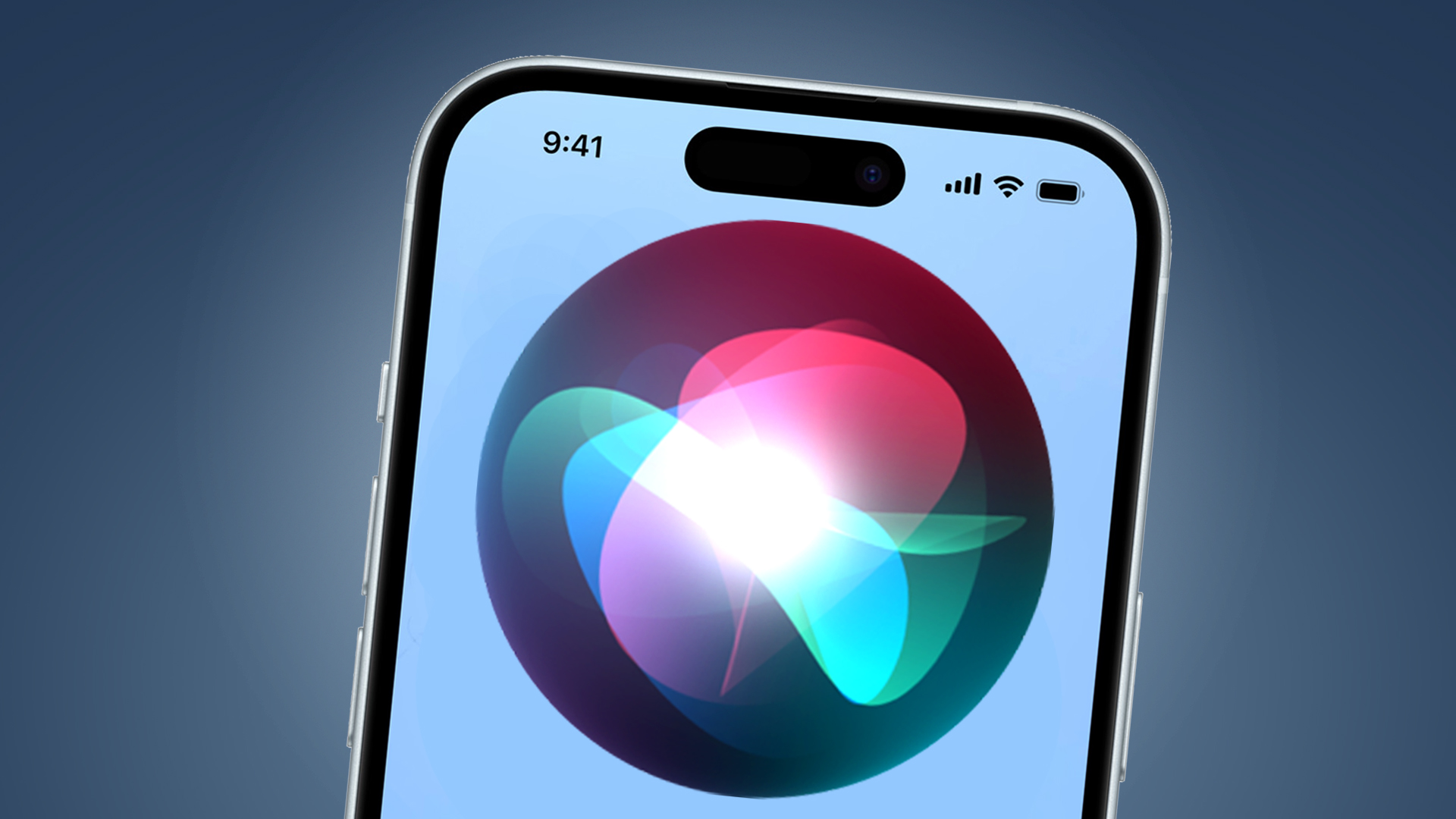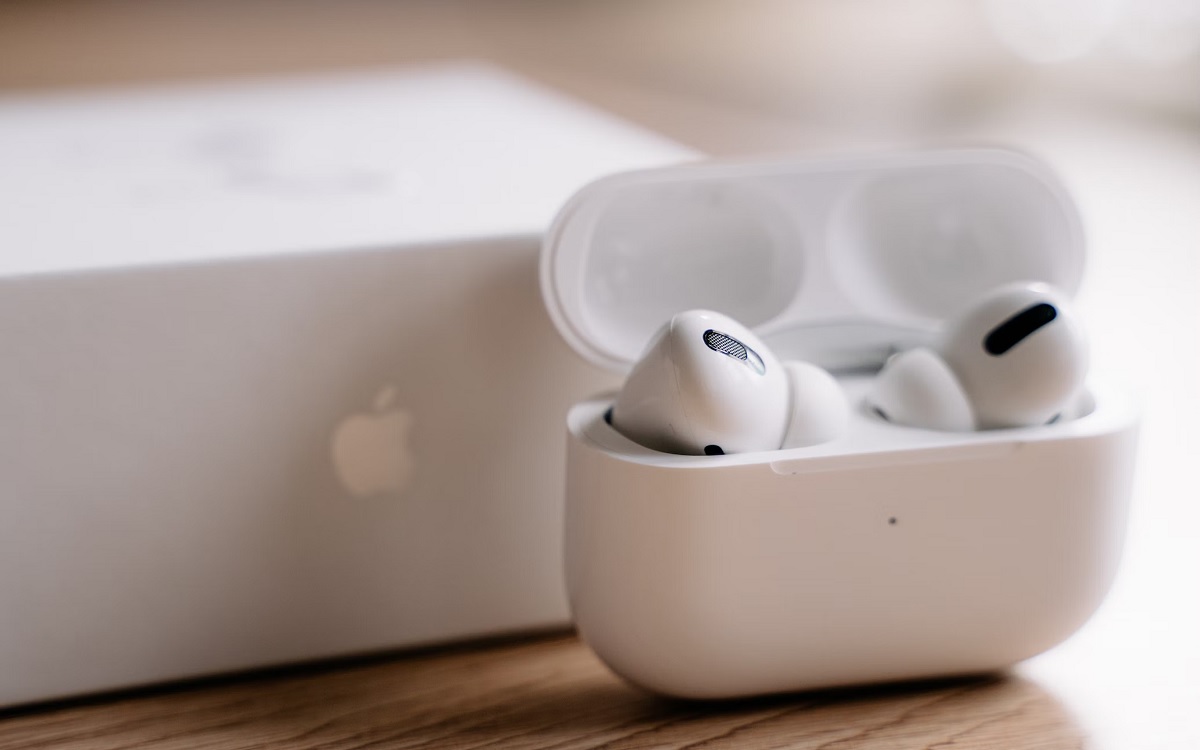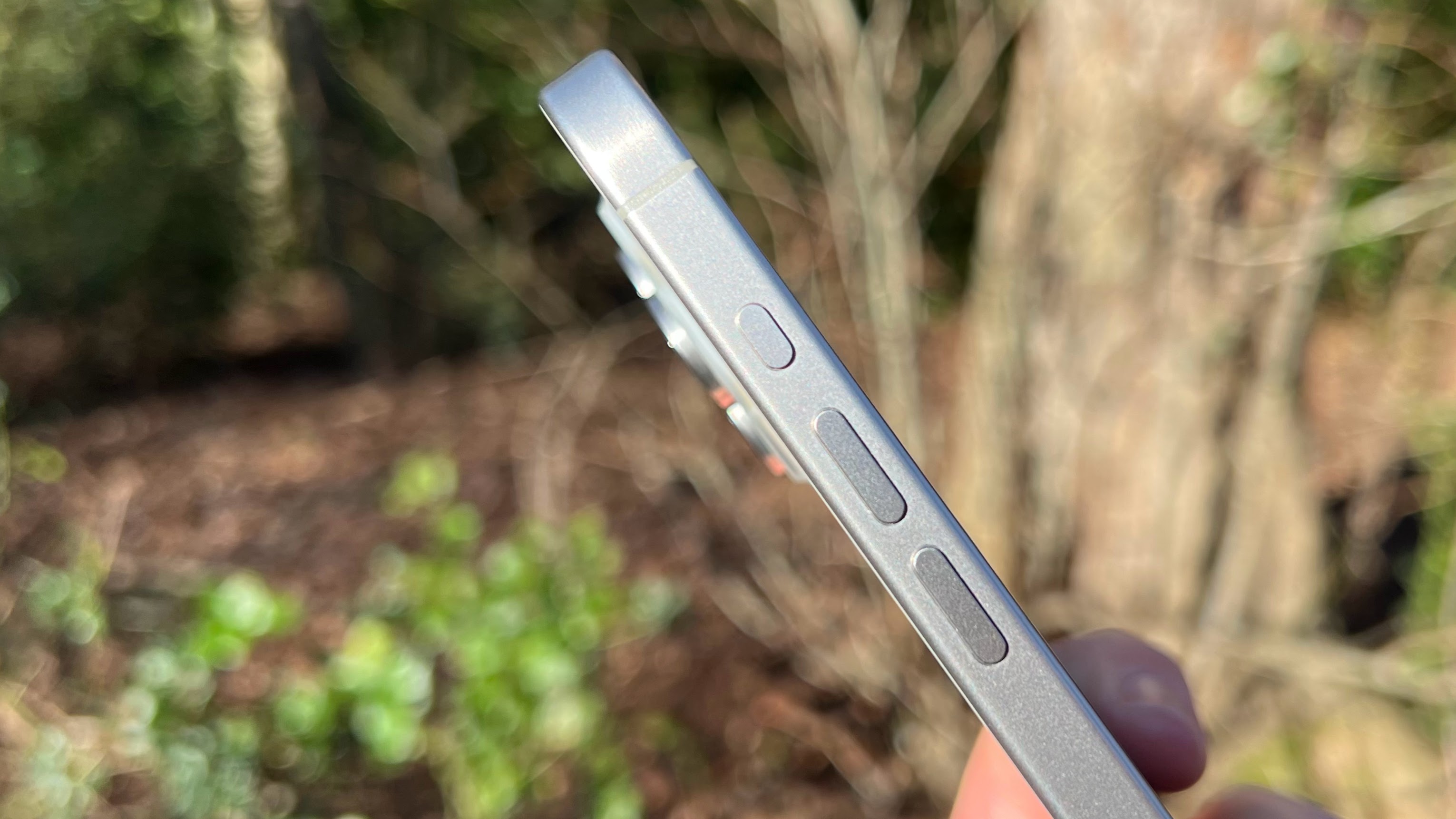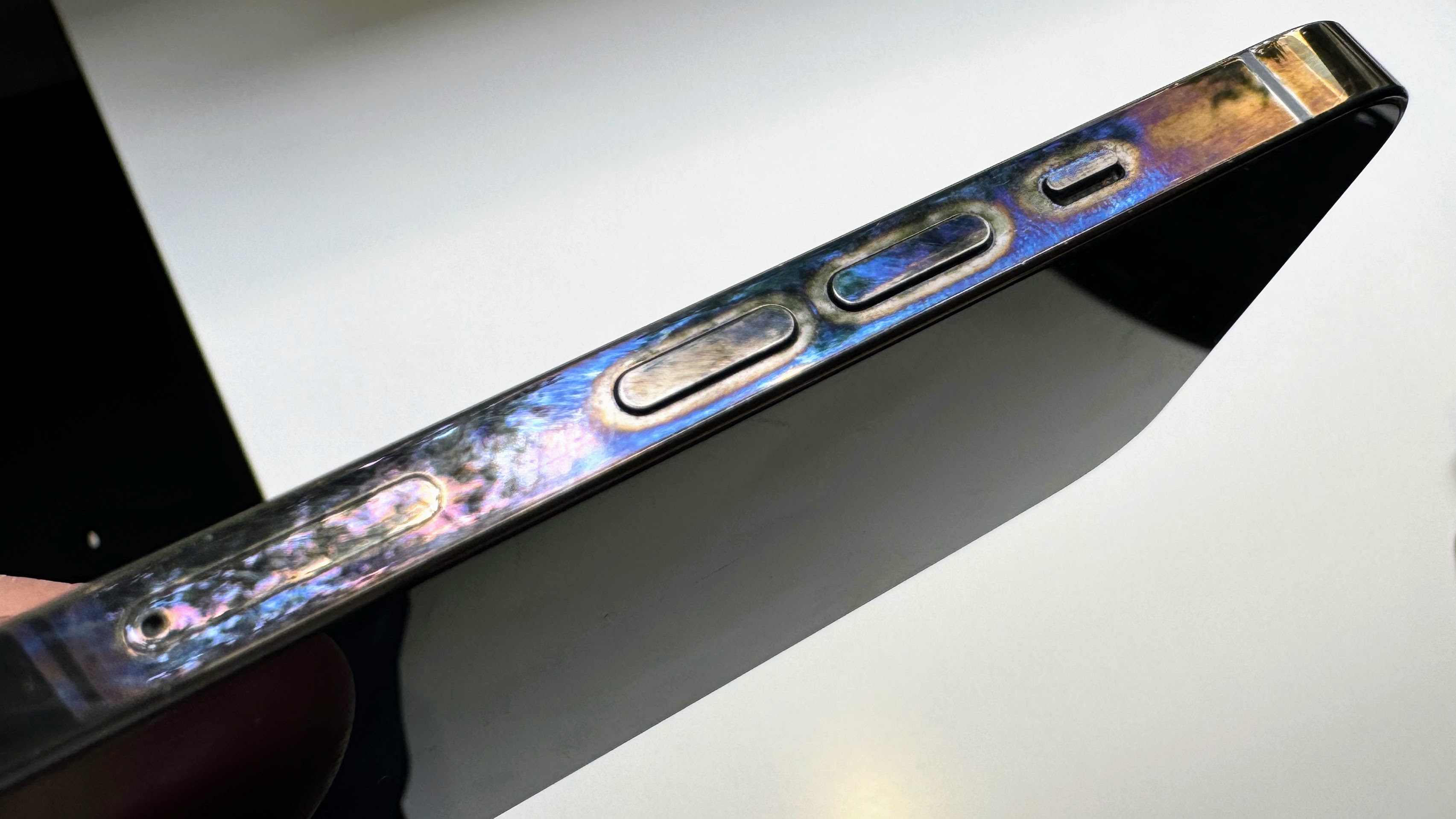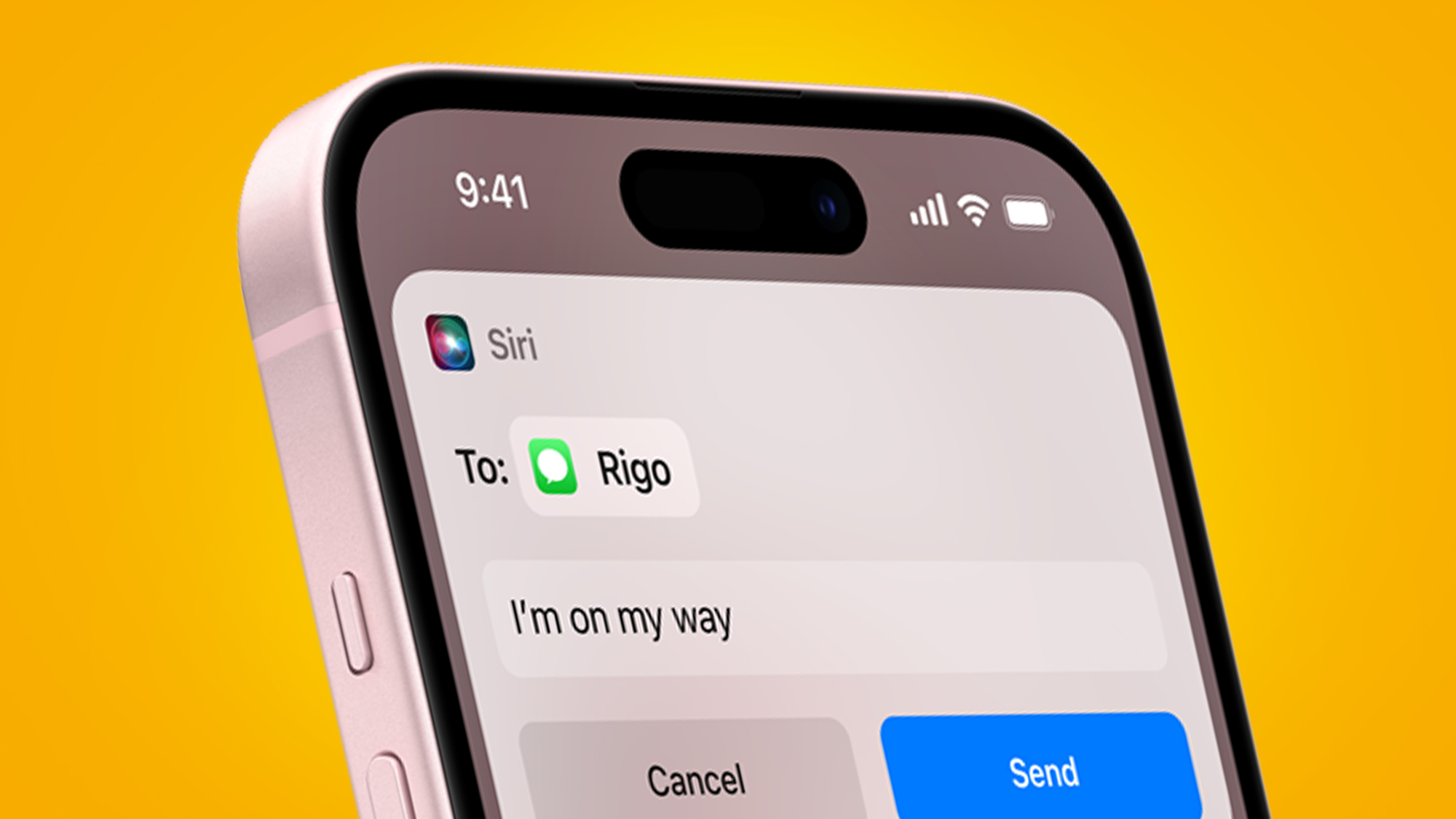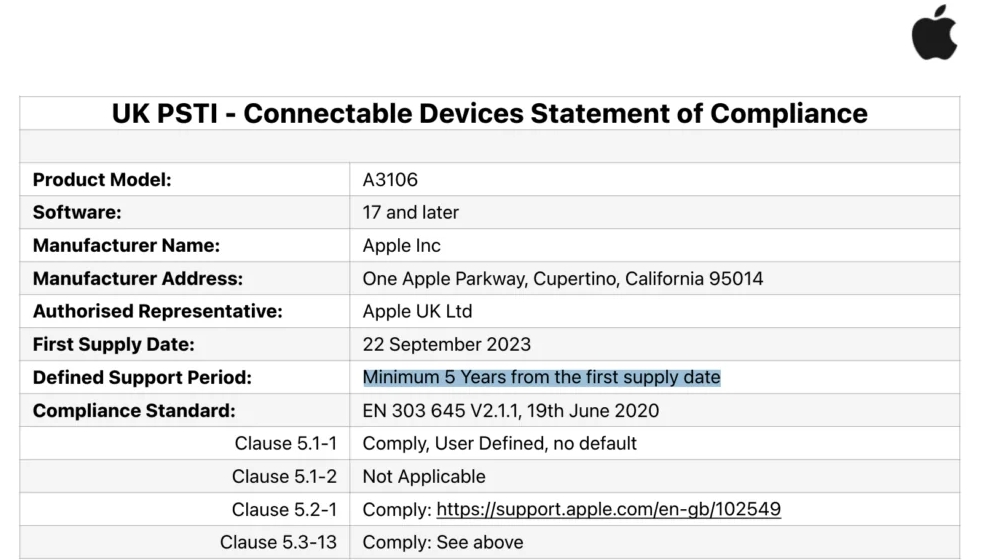iOS 18 delivered a deluge of headline features during Apple's WWDC 2024 announcement, from a redesigned Photos app to a rebooted Siri and Apple Intelligence for the iPhone 15 Pro series. But what were some of the smaller tricks that we're most looking forward to trying on our iPhone last this year? We've rounded them all up here.
One of the biggest themes of iOS 18 is Android-style customization, with Apple now letting us (gasp) arrange app icons and widgets at the bottom or sides of the screen. Color tints and a new dark mode for app icons are also en route, but it's the super-clean potential of removing app labels that we're particularly keen to try.
You can read about that feature, plus some other new tricks like satellite messaging and AirPods 'head gestures', in our roundup below. You can download the iOS 18 beta right now, but it's a little buggy and missing some features. Most of us will get the final version of iOS 18 in mid-September, alongside the likely launch of the iPhone 16. Until then, here are some of iOS 18's best new features to whet your appetite...
1. You can go super-minimalist by hiding app labels
- Compatibility: iPhone XS or later
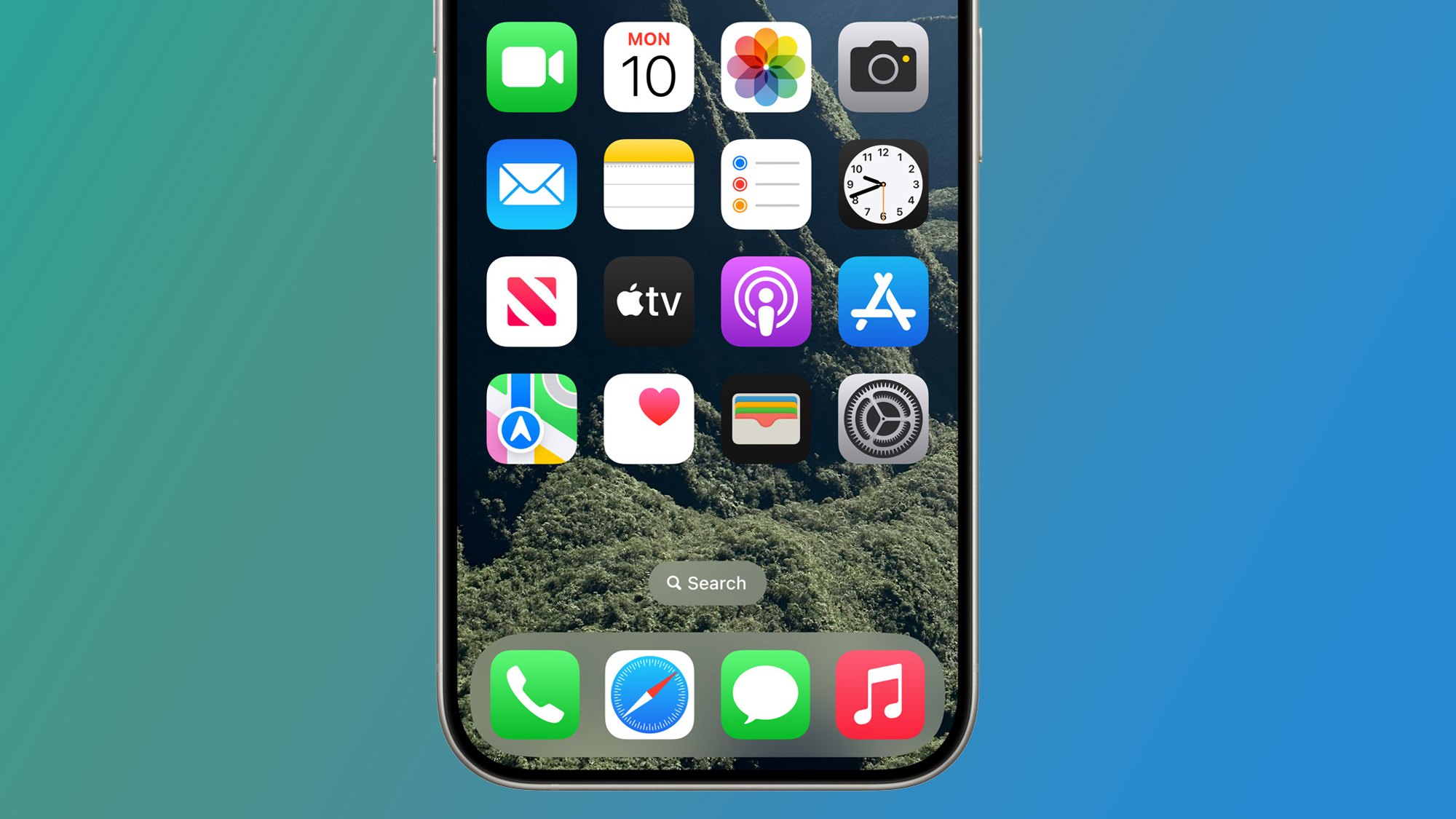
iOS 18 is the biggest ever refresh of the iPhone's software design language. Home Screen customizations let you rearrange and position your apps wherever you like, just like on Android – and also hide app names.
You can do this by choosing 'Large' app icons in the Customize menu. Previously the only way to get this kind of look was by jailbreaking your iPhone, but we're looking forward to giving our iPhones a super-minimalist look like the one above without that extra hassle.
2. Messages will let you text via satellite
- Compatibility: iPhone 14 or later

If you're out in the sticks away from cellular or Wi-Fi connectivity, iOS 18 will give you a new emergency option on the iPhone 14 or later – the ability to text someone via satellite.
This extension of Emergency SOS will let you send or receive iMessages or SMS texts using satellite, with all the usual features supported including Tapbacks and emojis. Although sending emojis might not be top of your priorities list if your car's broken down on a deserted highway.
Apple hasn't yet said if you'll need to pay to text via satellite, though Emergency SOS is still free for two years after you've bought an iPhone 14 or iPhone series model. After that, Apple will likely start charging for it, but it could be worthwhile if it helps you out of a hole in a cellular dead zone.
3. AirPlay now supports spatial audio
- Compatibility: iPhone XS or later
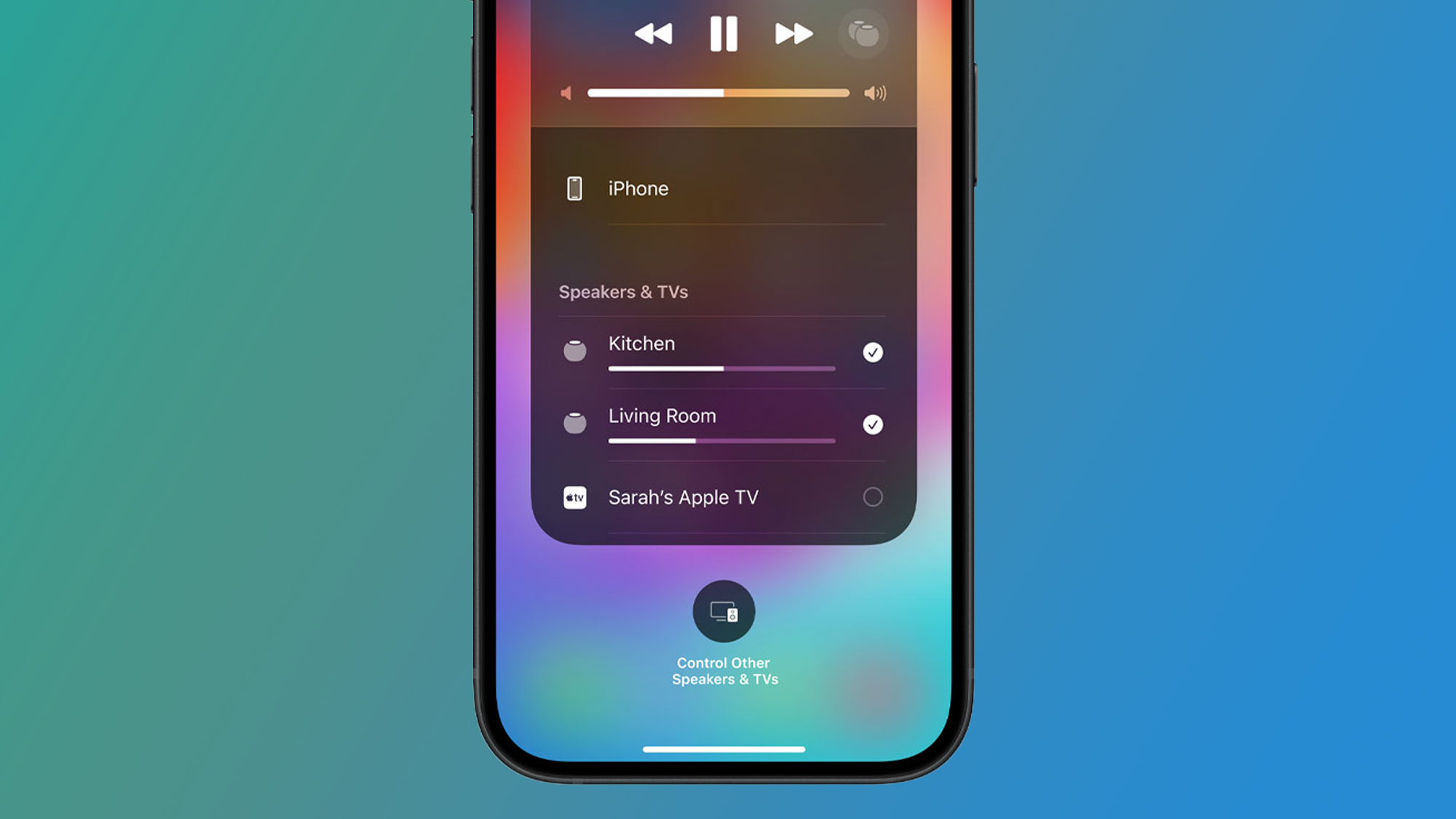
Tired of the new Sonos app? You might be able to sidestep it again by using AirPlay on your iPhone, which has now been upgraded with support for spatial audio (including Dolby Atmos).
That's good news for HomePod owners and also anyone who owns one of the best AirPlay speakers that also supports spatial audio. We're also looking forward to giving it a spin on our Sonos Era 300, although we haven't been able to try it out yet with the iOS 18 beta.
4. You'll be able to type questions to Siri
- Compatibility: iPhone 15 Pro or 15 Pro Max
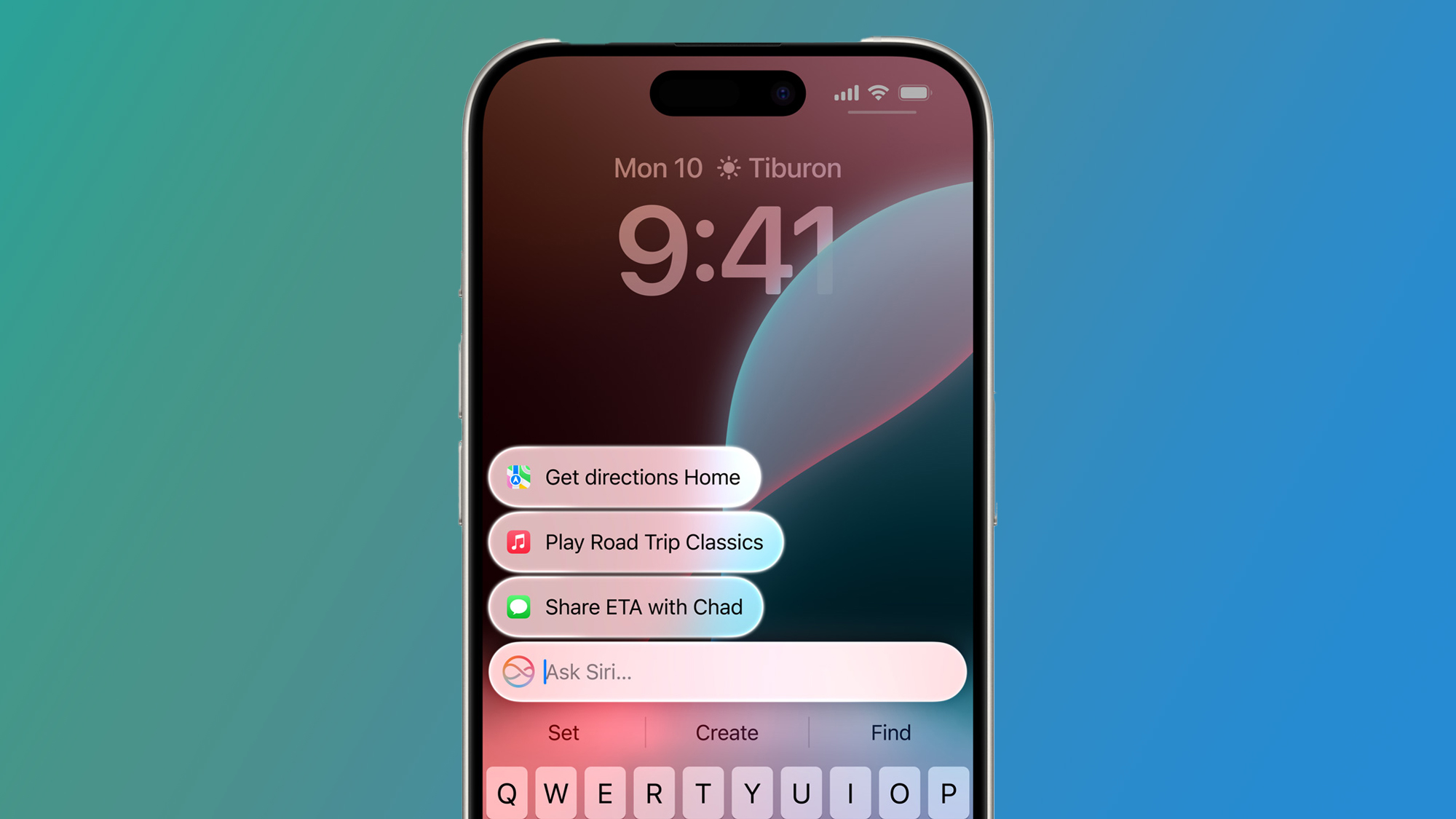
Siri is finally getting a new look and the brain transplant it's needed for years, albeit only on the iPhone 15 Pro series. That's because the reboot is powered by Apple Intelligence. Still, one of the most useful new features is the ability to type questions to Siri, effectively turning it into a chatbot.
If you don't want to talk to Apple's assistant out loud, you can double-tap of the bottom of the screen and type in a command like asking it to set an alarm. It isn't yet clear if this is only limited to Apple's apps, but you can also quickly switch between voice and text.
5. AirPods Pro 2 owners can shake their heads to turn down calls
- Compatibility: AirPods Pro (2nd generation), iPhone XS or later

If you own a pair of AirPods Pro 2 earbuds, a neat new iOS 18 feature is 'head gestures'. For example, if you're stuck in a crowded lift and get a phone call, you can tell Siri to turn down the call by shaking your head (or, if you want to take the call, nodding instead).
Okay, it's arguably less important than the Voice Isolation and other cool free upgrades coming to the AirPods Pro 2, but it was one of the more fun features we saw during WWDC 2024.
These so-called Siri Interactions will also extend to silently interacting with messages and more, and are powered by Apple's H2 chip – hence the restriction to the second-gen AirPods Pro.
6. You'll be able to lock and hide apps
- Compatibility: iPhone XS or later

With our iPhones now containing our entire lives, handing it over to someone can make you feel a little uneasy – particularly if you don't want them rifling through your Photos app or seeing your WhatsApp notifications.
Fortunately, iOS 18 finally brings the option of locking or hiding apps from your homescreen. Apps that you decide to lock or hide will be hidden from search and notifications, with locked ones only accessible in a hidden apps folder that can only be opened with Face ID, Touch ID or a passcode.
To enable the feature on iOS 18, you'll just need to press and hold the app, choose 'Require Face ID', and then choose either 'Require Face ID or 'Hide and Require Face ID'.
7. Texting Android fans will get a lot better
- Compatibility: iPhone XS or later

After being strong-armed by the EU into supporting RCS messages – a standard adopted by most of the Android ecosystem – last year, Apple will finally be bringing the feature to iPhones in iOS 18.
This means that your messages to Android fans will soon get many of the benefits of iMessage, including high-res images, read receipts and more. Naturally, Apple will still be protecting its precious blue iMessage bubbles by continuing to give RCS messages green bubbles.
Still, the move still largely fixes the current problem of Android-to-iPhone text messaging, which is that your Android-owning friends get downgraded to an SMS experience, including compressed, low-quality images.
8. You can finally change your lock screen shortcuts
- Compatibility: iPhone XS or newer
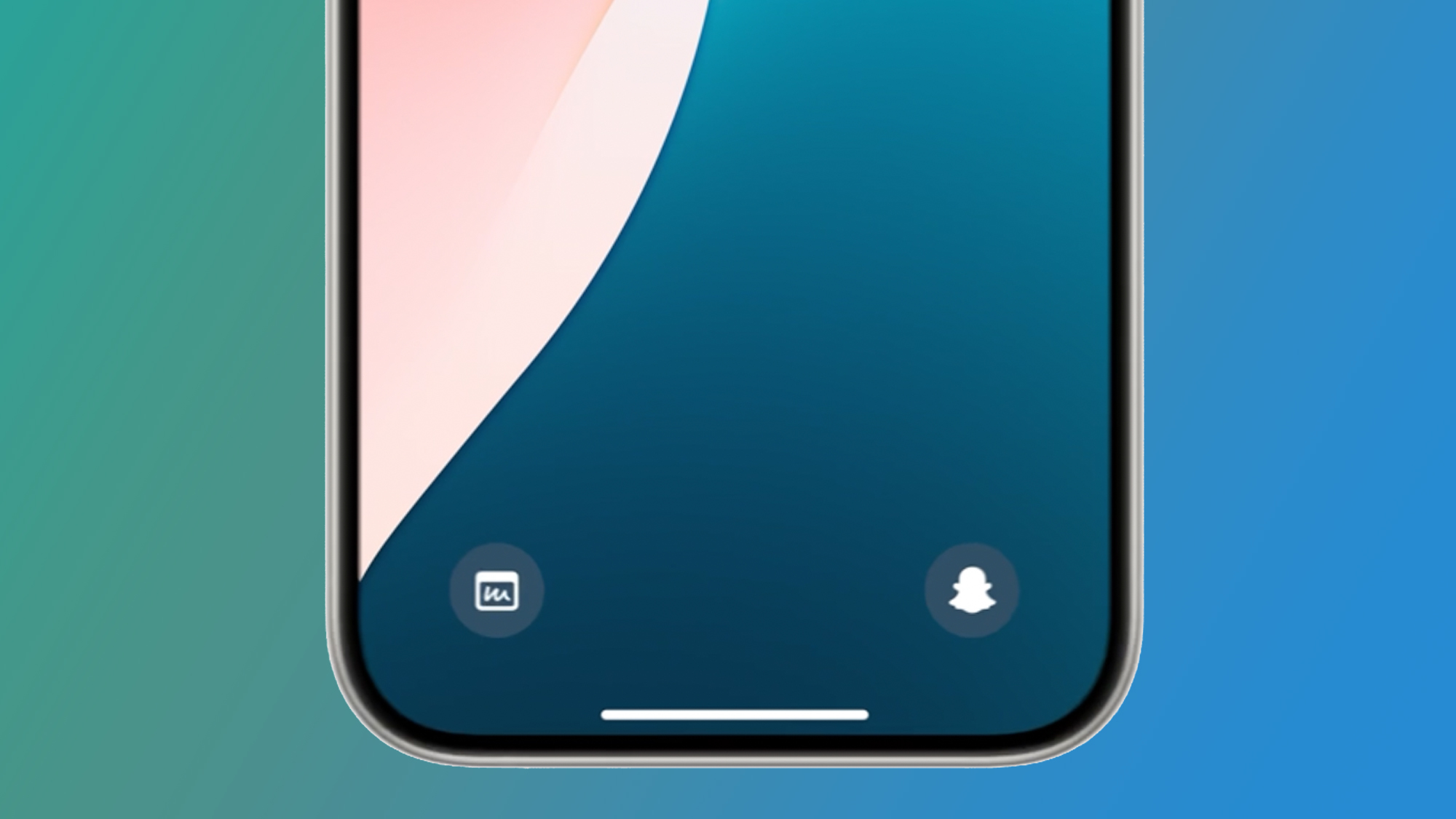
How many times have you accidentally turned on your iPhone's torch light and blinded a friend, because of its unhelpfully-placed lock screen shortcut? Okay, maybe that's just us, but either way you'll be pleased to see that iOS 18 finally lets you choose different lock screen shortcuts.
You can make one of the shortcuts open any app, or also map them to other functions like switching on dark mode, turning your iPhone into an Apple TV remote, or starting Shazam to help identify a song. It's been a long time coming, but it's a small quality-of-life tweak that could change your iPhone routine.
9. The new Passwords app could help you switch to Passkeys
- Compatibility: iPhone XS or newer

As the rumors predicted, Apple has launched a new password manager app in iOS 18 – and it could be a handy new way for you to autofill passwords and verification codes across your iPhone, Mac, iPad or even your PC (when using the iCloud for Windows app). But another potential benefit is helping you move to passkeys.
Passkeys let you log into websites or accounts using Face ID or Touch ID, rather than using a vulnerable password. And as spotted by MacRumors, there's an option in the Passwords app that lets websites and apps automatically upgrade existing accounts to passkeys, saving you the hassle.
Existing passwords apparently aren't affected, so it could be a quick-win even if you aren't yet fully sold on passkeys, which Apple started supporting a couple of years ago.
10. The Home app can now automatically unlock doors help you monitor bills
- Compatibility: iPhone XS or newer
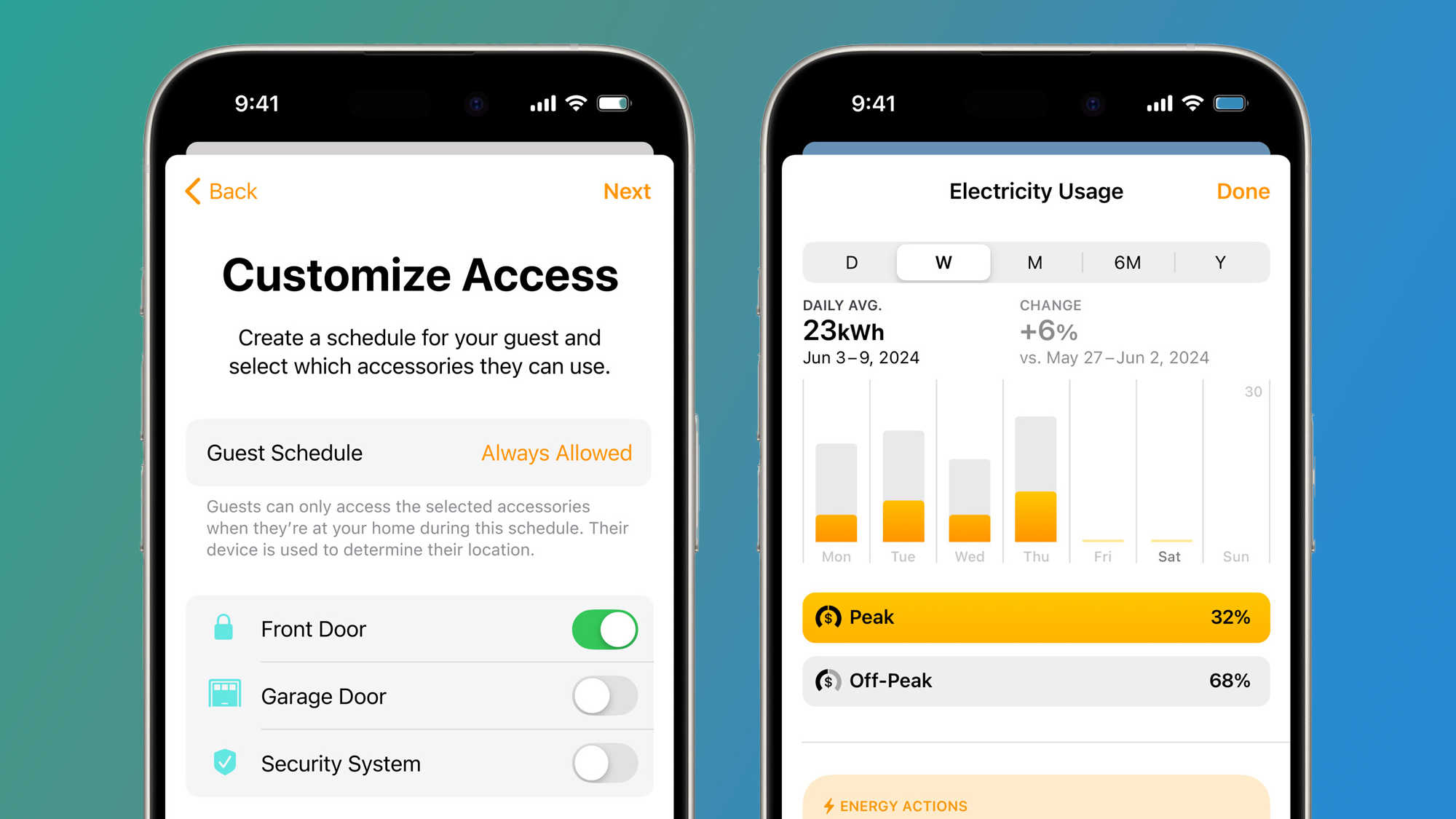
If you've never properly dabbled with Apple's Home app, then iOS 18 is coming with a few new tricks to convince you to try.
It's a particularly good update if you have smart locks, because from iOS 18 the Home app will deliver 'guest access' to help you quickly give guests access to front doors or garages. There's also another particularly sci-fi trick; 'hands-free unlock' will instantly open supported locks when you're six feet away from them, which sounds useful if you have armfuls of shopping.
One other feature we like the look of is electricity monitoring. Unfortunately, it's only going to be available in the US with the Pacific Gas & Electric Company in California initially, but looks like the start of some potentially helpful smart home monitoring to help you save on bills.
11. Gaming on older iPhones is about to get a lot better
- Compatibility: iPhone XS or later
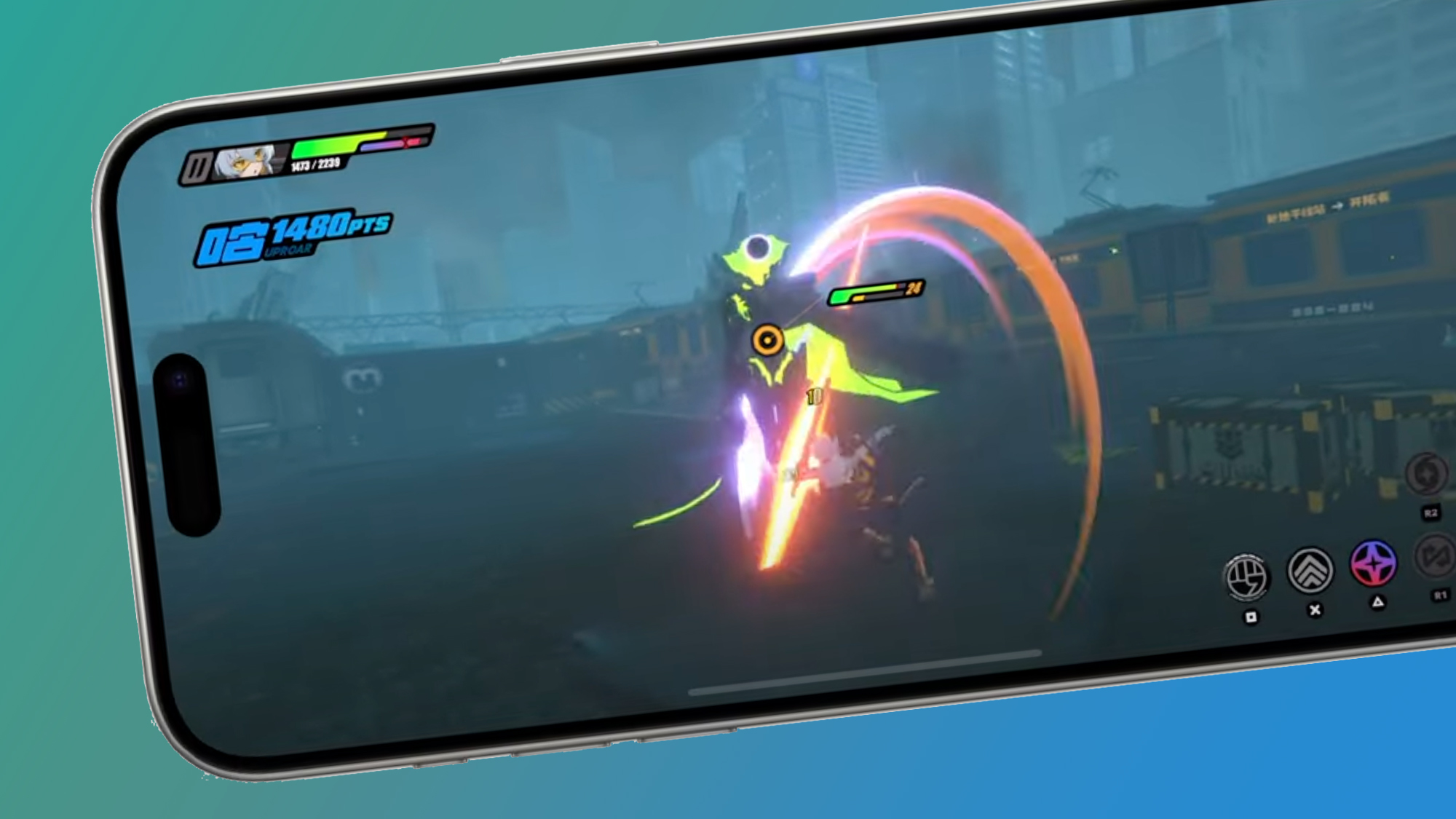
- Compatibility: iPhone XS or newer
Yes, it's a feature that's been on Android phones for years, but iPhones are finally getting a dedicated Game Mode in iOS 18.
Like the Mac version, Game Mode will minimize background activity like notifications to help your game run at the highest possible frame-rate. Apple also promises that it will "dramatically" improve responsiveness with AirPods and wireless game controllers.
You might not notice the difference on an iPhone 15 Pro, but Game Mode could definitely help older models that may otherwise hit their performance ceiling during demanding games.
You might also like
- Apple WWDC 2024 – 13 things we learned including what Apple Intelligence is and why a Calculator app can be exciting
- Apple's Siri assistant just got a massive AI upgrade with free ChatGPT – here's what's new
- "It is very early innings here," says Apple's Craig Federighi on the Apple Intelligence generative AI journey


